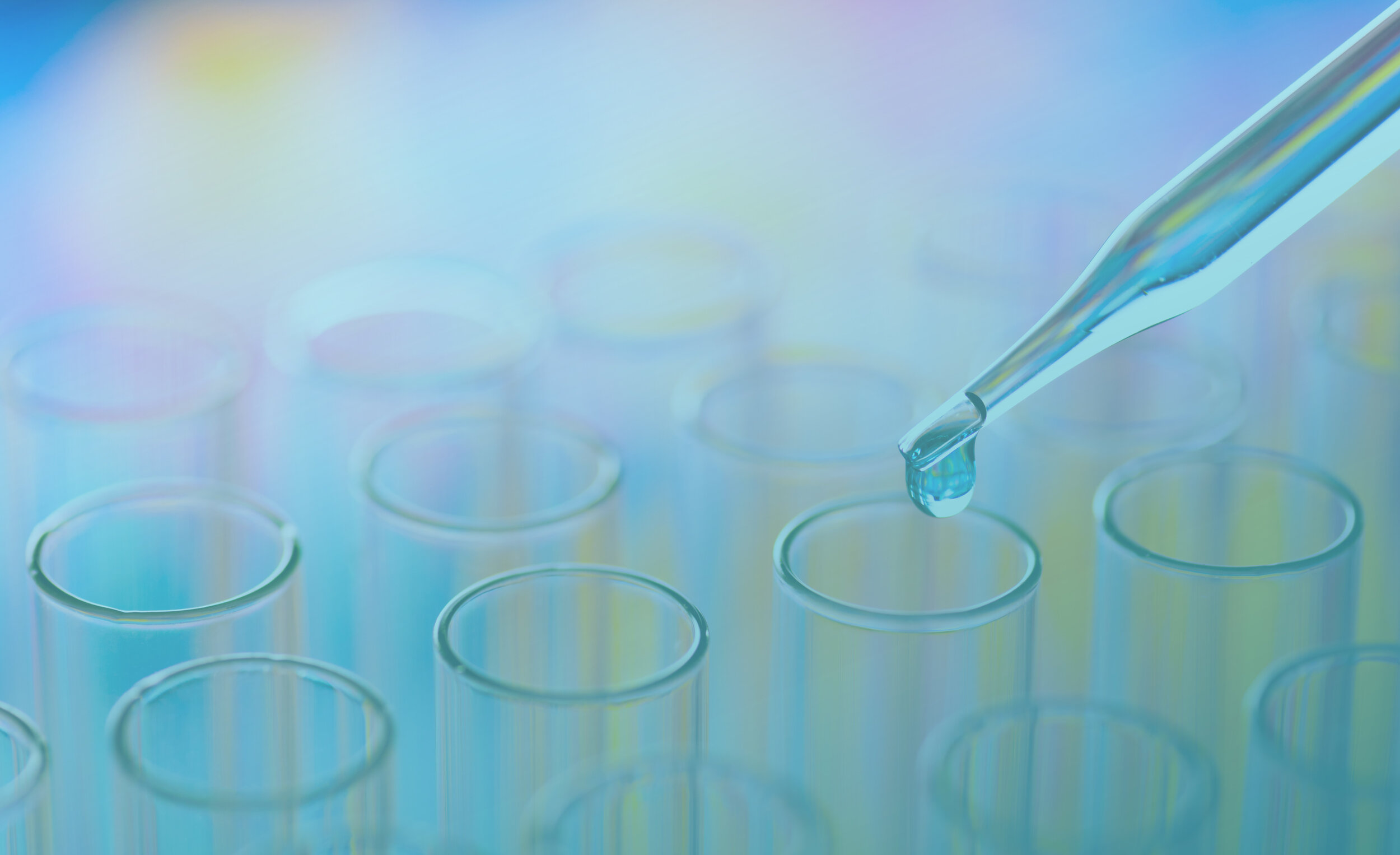
Translating Data into
Discoveries
We build translation upfront, using AI and in vivo validation to discover higher-confidence targets and precision medicines, faster
90 percent of clinical trials fail before a drug can make it to patients, most due to lack of efficacy against the selected target. Biology is complex and reductionist approaches fail.
To better address this complexity, BioSymetrics takes an AI-driven approach to target discovery and precision medicines. We connect disease phenotype and genotype data between humans and models systems, use machine learning to make predictions, and couple that with high-content in vivo validation of new targets with speed and confidence in translation.
Machine learning predictions and in vivo validation with speed and high confidence in translation
〰️
Machine learning predictions and in vivo validation with speed and high confidence in translation 〰️
Massive and dynamic data backed by diverse and strategic partners
We partner with global pharmaceutical companies, top hospitals and health systems, and leading genomics and research organizations, to advance drug discovery efforts and enhance our growing and diverse dataset.
Today we leverage more than 77 million longitudinal patient records and over 1 million genomic profiles across our platform.
Programs in neurological, cardiometabolic and rare diseases
We are advancing a robust pipeline of early target discovery programs in diseases where a target-based, reductionist approach limits disease understanding and decreases the chances of meaningful clinical translation.
We are primarily focused on neurological, cardiometabolic and rare diseases. Our lead drug discovery programs are in common and rare epilepsies.
KCC2 Epilepsy program
We continue building an AI map of complex CNS biology to uncover potential new treatments for patients with seizure disorders. To date, we’ve captured over 12,000 videos and our computer vision algorithms analyze 15,000+ data points from each zebrafish video. The goal is to detect small molecules that reverse seizure phenotypes.
In a four-month timeframe, our AI-driven phenomic approach has identified novel hits, including BIOS-1073 (shown in the video), reversing KCC2 hypofunction-induced seizures in our in vivo models.



